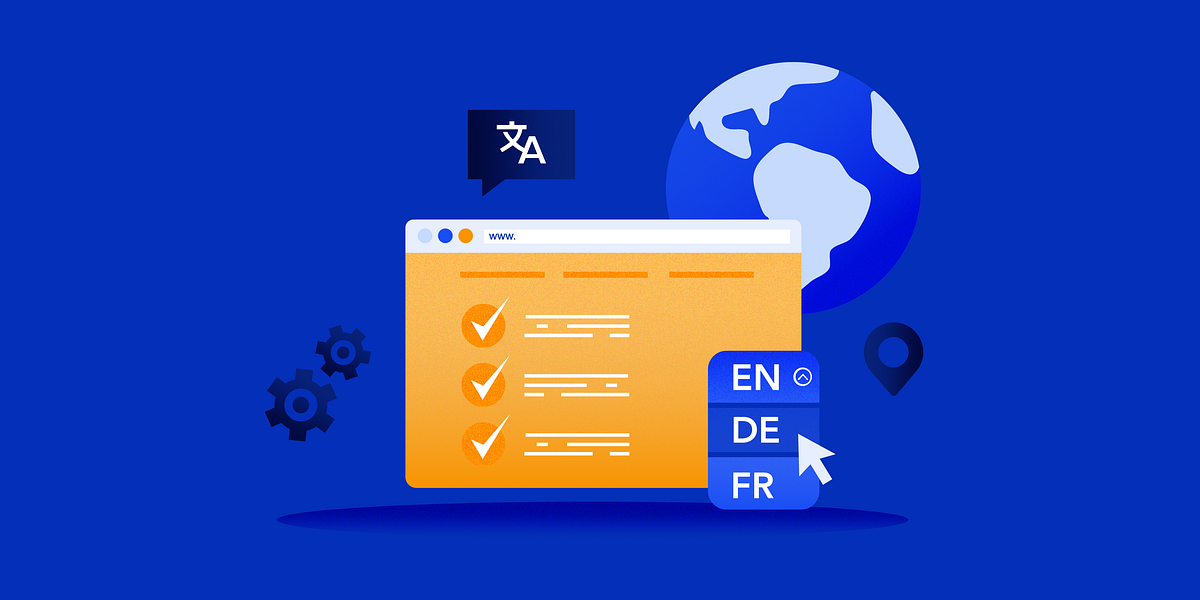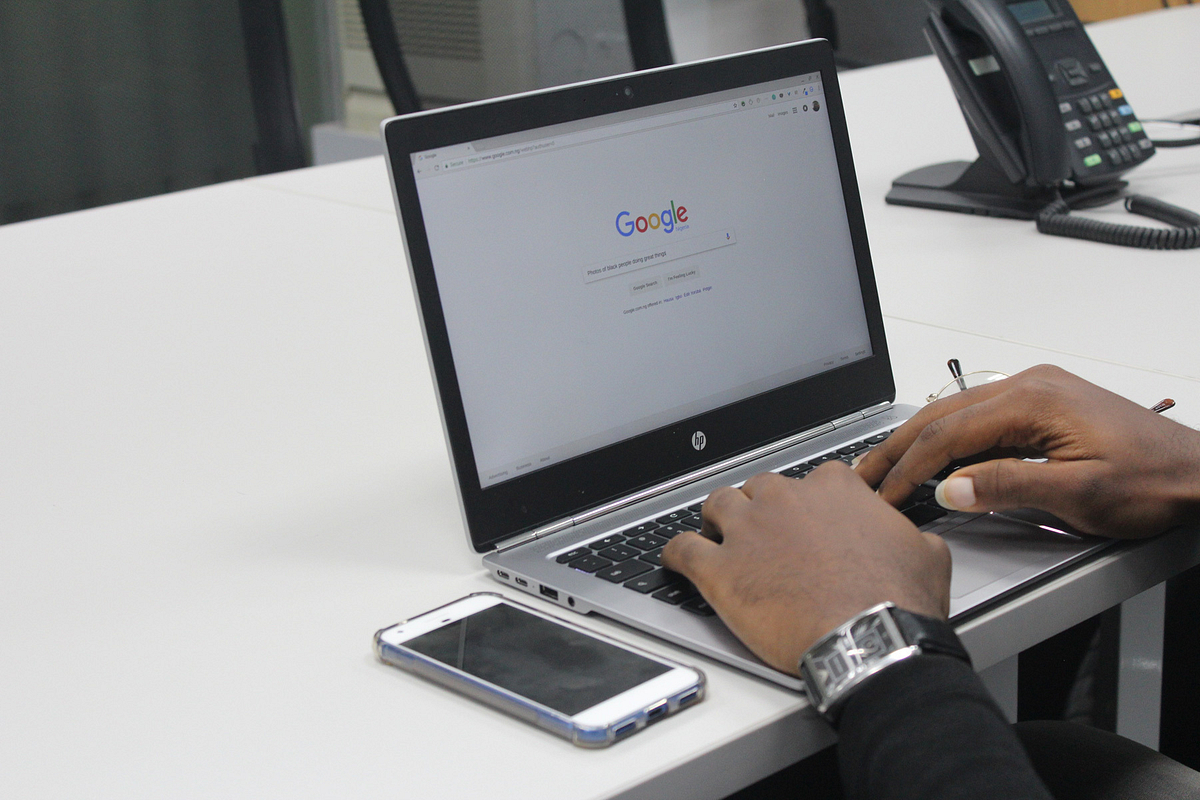
Introduction to translation proxy
When building a website to serve a global market, you need to be sure that you can reach the widest possible audience. But to have the greatest success, you must also speak the language of your customers.
Localisation provides a mechanism by which website visitors are shown website content in their own language. There are several ways to do this – including the use of a translation proxy.
What is Translation Proxy?
You can think of a translation proxy as a special layer that sits above your website, providing automated text translation to your visitors. When someone tries to view your website, the proxy detects their location and browser language settings and then serves up content to match.
The translation proxy sits between the visitor and your website. The proxy “reads” text from your website but exists completely independently, protecting you against unintended changes to core functionality or the original copy.
Depending on the proxy technology used, translation can be “on-the-fly”, using artificial intelligence to carry out the necessary conversions as the page loads. Alternatively, the proxy may pull text from a bank of sentences and paragraphs that have already been manually translated by a team of linguistic experts.
What is a translation proxy used for?
A translation proxy helps to make localised versions of your website available extremely quickly. Deploying an AI-powered system allows you to translate your website into other languages in a matter of hours.
Translation proxies are also used to help save money and simplify the management of your website. Instead of engaging human translators to create multiple copies of each page on your website, a good proxy can do the work of them all – automatically.
Choosing an on-the-fly translation system means that you only ever maintain one copy of each page – the one in your native tongue. The proxy then creates translated versions for visitors automatically, including your latest revisions and amends. Each change or update is completed once, and the proxy takes care of every linguistic variant from then on.
A translation proxy also allows you to scale quickly. Want to enter a new market? Simply add the relevant languages to your proxy settings and the platform takes care of the rest. No more waiting for the text to be manually translated before work starts. You can focus all your efforts on localised advertising and promotion in the new target market to drive visitors to the website.
How much does a translation proxy service cost?
The cost of a translation proxy depends on two factors; the licensing/subscription cost of the proxy service itself, and any charges applied by your translation partner. Many proxy providers charge a monthly fee for storing localised copies of your website text.
If you opt for a translation proxy that uses manually-translated sentences for reference, you will incur additional costs to cover the translation service too.
Because every project is slightly different, it is impossible to give an exact price upfront. You will need to speak to a translation proxy partner direct for an accurate quote.
Any additional cost incurred by using translation proxies can be easily justified. In many cases, the use of a translation service saves money, particularly in the long term. Because text can be translated automatically, you don’t have to pay for a translator’s time or skills when adding new pages or modifying text for instance. And because there is just one “real” version of each webpage, you don’t have to worry about keeping multiple translated copies in sync.
What is the competition on a translation proxy?
Most of the leading online translation service providers now offer a translation proxy option, although quality varies significantly. There are several options available, but the eventual choice will come down to the technologies recommended and used by your translation provider, and your budget.
How good is a translation proxy?
As you would expect, translation proxies vary in quality and accuracy. Free services like Google Translate which rely entirely on artificial intelligence and machine learning to “train” themselves tend to be far less accurate. In fact, a low-quality proxy that generates inaccurate text could seriously damage your brand.
Proxies that use a bank of manually translated sentences, on the other hand, are much more reliable. These systems may be more expensive, but that is because the quality of the text “generated” is also more accurate. Of the two current technology choices, this second option is a much better investment.
Should you use a translation proxy?
A translation proxy is a very useful way to accelerate entry into international markets. But the reality is that machine-generated copy is still a somewhat risky proposition. On-the-fly proxies that use machine-generated translations are still unable to achieve completely accurate text conversions for instance.
Businesses in the legal or medical fields need 100% accurate copy to maintain compliance, or to ensure diagnoses are accurate. A mistake caused by auto-translated text could have serious legal – or even life-threatening – implications. And the reality is that poorly translated texts reflect badly in every business.
You must take these factors into consideration before deciding whether a translation proxy is a correct choice for your website. If you cannot risk less than 100% accuracy, you should seriously consider the other translation options available to you.
To learn more about using a translation proxy and your options when building a localised website, please get in touch – our team is always ready and waiting to assist.
Subscribe for more
Stay up to date with the latest articles, news and translation insights


